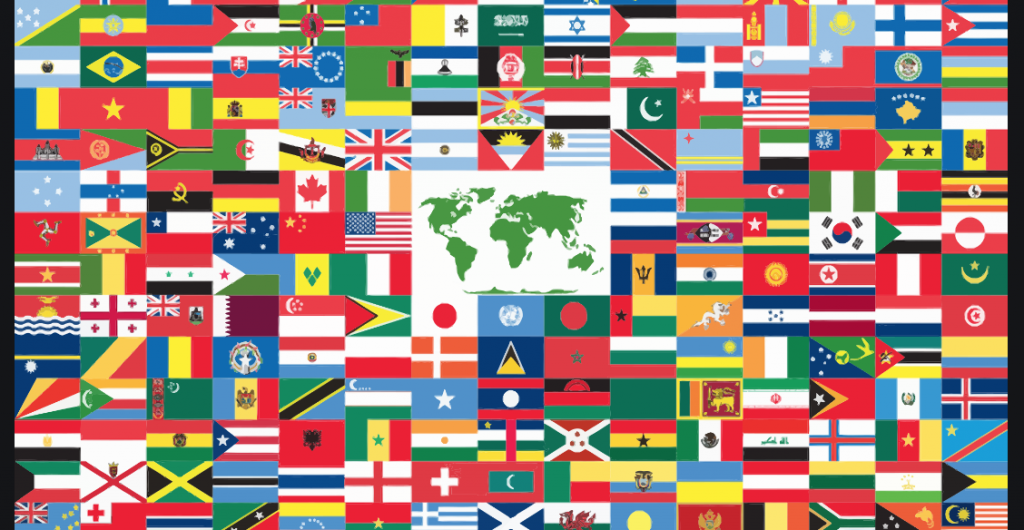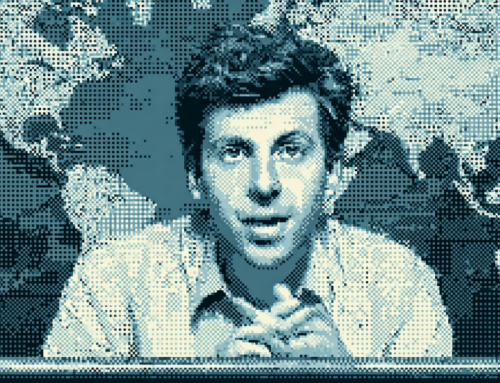
France, South Korea, and China are all pursuing AI projects along with the private sector.
Countries Spend Billions to Compete in the Great AI Race, China Surpasses the GPT-3 Dataset
In the never-ending competition that goes on worldwide regarding the growth and power of AI, China has unloaded a big announcement. A rather detailed article by Kye Wiggers from venturebeat.com unpacks a lot of the news and then covers points about nationalizing AI.
First the news.
This week, researchers at the Beijing Academy of Artificial Intelligence (BAAI) announced the release of Wu Dao 2.0, a multimodal AI model capable of generating text indiscernible from human-crafted prose — and more. Containing 1.75 trillion parameters, the parts of the machine learning model learned from historical training data, Wu Dao 2.0 is 10 times larger than OpenAI’s 175-billion-parameter GPT- 3.
Wu Dao 2.0 is the latest example of what OpenAI policy director Jack Clark calls model diffusion, or multiple state and private actors developing GPT-3-style AI models. Also, Russia and France are training smaller-scale systems via Sberbank and LightOn’s PAGnol, while Korea’s Naver Labs is investing in the recently created HyperCLOVA.
One advantage is that these models reflect the cultures of the countries represented in the models. The Wu Dao 2.0 announcement is an example of a general trend of nations asserting their own AI capabilities via training frontier models like GPT-3.
Wu Dao 2.0’s has the ability to perform natural language processing, text generation, image recognition and image generation tasks. It can write essays, poems, and couplets in traditional Chinese. As well as captioning images and creating nearly photorealistic artwork, given natural language descriptions. According to Engadget, Wu Dao 2.0 can also power “virtual idols” and predict the 3D structures of proteins, like DeepMind’s AlphaFold.
“The way to artificial general intelligence is big models and [a] big computer,” BAAI chair Dr. Zhang Hongjiang said in a statement. “What we are building is a power plant for the future of AI. With mega data, mega computing power, and mega models, we can transform data to fuel the AI applications of the future.”
Nationalizing AI
Every country wants and hopes that its AI is at the top of the hill when it comes to power and speed. And almost every country is doing its best to develop said AI.
Many countries are passing new laws to forbid their AI from being usurped and taken to another nation. Last November, China imposed new rules around tech exports, with the country’s Ministry of Commerce adding 23 items to its restricted list. Following Nvidia’s announcement that it intends to acquire a U.K.-based chipmaker Arm, the majority of U.K.-area IT experts said the government should intervene to protect the country’s tech sector, according to a survey from the industry’s professional body (The Chartered Institute for IT).
Former U.S. chief technology officer Michael Kratsios, among others, has suggested state adversaries are pursuing uses of AI technologies that, “aren’t in alignment with American values.”
Even the United States is becoming more protective of AI. In February, the White House said it would bump non-defense-related AI investment to $2 billion annually by 2022. President Joe Biden has proposed an increase in the amount of federal R&D spending to $300 billion over four years. And a U.S. Senate panel last month approved the Endless Frontier Act, pending legislation that would authorize more than $110 billion for basic and advanced technological research over five years.
But U.S. superiority in AI will be challenged, despite its corporate head start through companies like Google. France recently took the wraps off a $1.69 billion (€1.5 billion) initiative aimed at transforming the country into a “global leader” in AI research and training.
read more at venturebeat.com







Leave A Comment